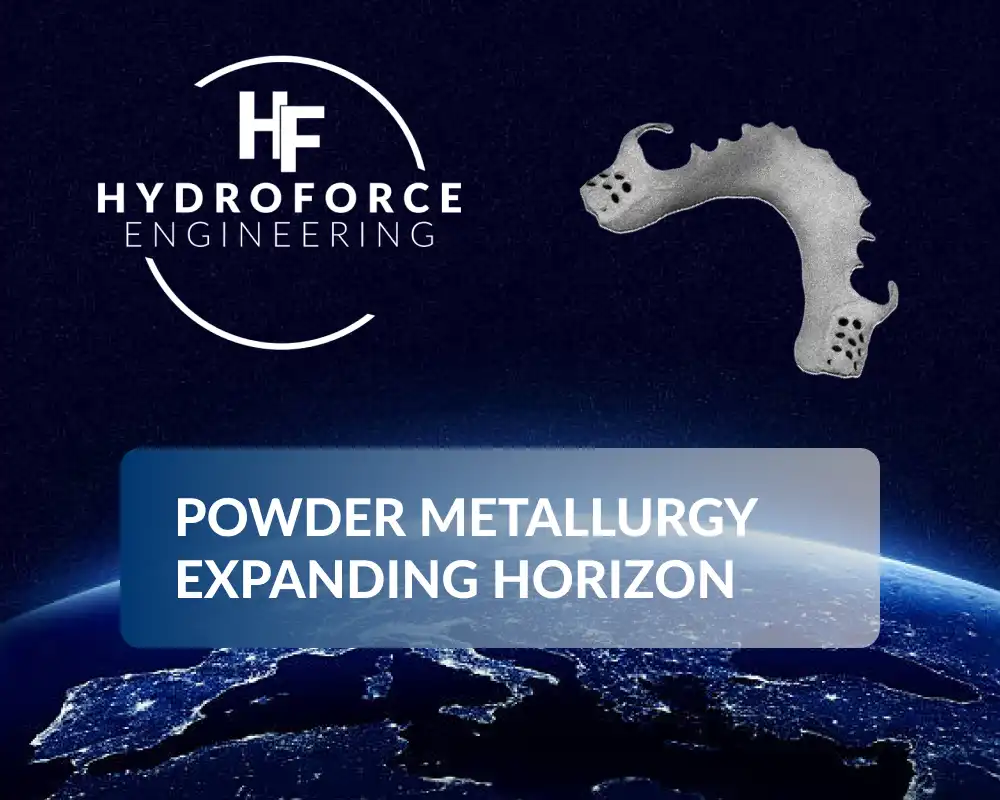
Powder metallurgy is a manufacturing process that compresses and sinters metal powders to create solid components. Its advantages—such as near-net-shape production, material efficiency, and design flexibility—make it ideal for emerging applications.
These attributes are driving its adoption in fields where traditional manufacturing methods fall short.
The healthcare sector has embraced powder metallurgy for producing advanced medical implants. Metal powders like titanium, cobalt-chromium alloys, and biodegradable magnesium are revolutionizing implant design and functionality.
Renewable energy technologies are leveraging metal powders for energy storage, hydrogen production, and clean combustion cycles.
Electrolytic iron powders are being utilized as a renewable energy source. When burned, they release energy without emitting carbon dioxide. The resulting iron oxide can be recycled back into iron powder using clean energy sources.
Metal powders are also being explored for next-generation batteries. Spherical powders improve packing density and conductivity in battery electrodes, enhancing performance while reducing material usage.
High Production Costs:
Material Limitations:
Energy Consumption:
AI-Driven Optimization:
Multi-Material Powders:
Circular Economy Models:
Powder metallurgy’s versatility is unlocking new possibilities in non-traditional fields such as healthcare and renewable energy. By leveraging its precision, material efficiency, and sustainability benefits, industries can address complex challenges while advancing innovation.
As technology evolves, powder metallurgy will continue to redefine what’s possible in advanced manufacturing — paving the way for a more sustainable future.